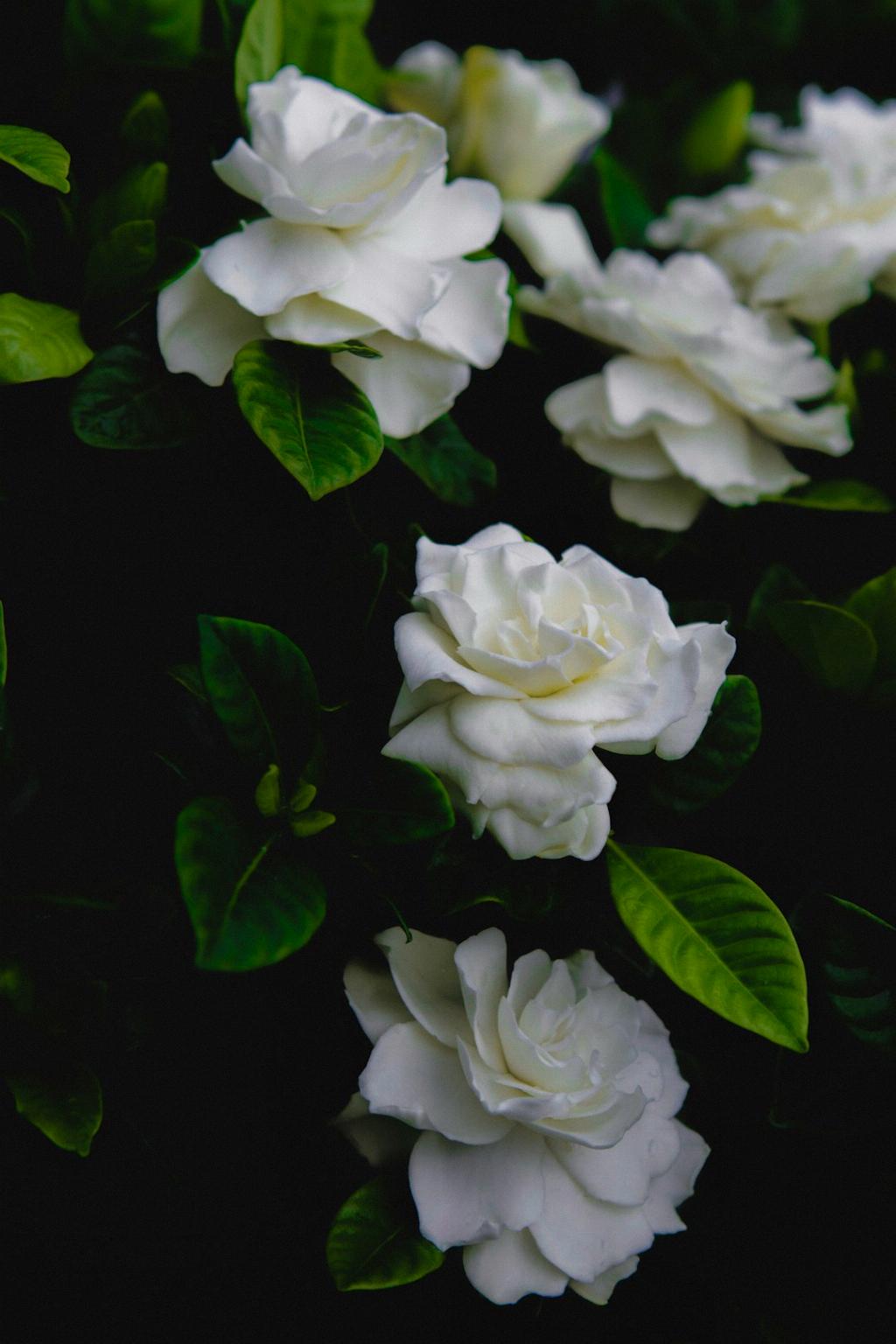Gardenias, with their lush, glossy leaves and intoxicatingly fragrant white blossoms, have bewitched gardeners and flower enthusiasts around the world. Originating from the subtropical regions of Africa, Asia, and Australia, these evergreen shrubs are prized not only for their aesthetic appeal but also for their ability to enhance any landscape with a touch of elegance. The allure of gardenias lies in their delicate yet striking appearance, making them a favorite in both garden beds and as standalone specimens. Their popularity is further buoyed by their symbolic meanings associated with purity, love, and refinement, making them a go-to choice for special occasions and everyday beauty alike.
Ideal Growing Conditions for Thriving Gardenias
To ensure your gardenias thrive, providing them with the right growing conditions is key. These beautiful plants prefer warm, humid environments with well-drained, acidic soil rich in organic matter. Striving for a pH between 5 and 6.5 will help prevent yellow leaves—a common problem in gardenias. They thrive under partial shade rather than full sun, which can scorch their leaves, especially during the hottest parts of the day. Additionally, sheltering them from strong winds will help keep their delicate blossoms intact. By mimicking their natural habitat, you can enjoy the full splendor of these captivating plants right in your own backyard.
Planting Tips: Best Practices for Gardenia Success
When planting gardenias, timing and technique can make a significant difference in their growth and blooming. Early spring or fall are ideal times for planting to ensure they settle well without the stress of extreme temperatures. Choosing the right spot is crucial—somewhere with morning sunlight and afternoon shade is perfect. When planting, make sure the root ball is level with the soil surface and not too deep to avoid root rot. Enhancing your soil with compost or peat moss can provide the acidic conditions gardenias love. A thorough watering initially and mulching around the base can help keep the soil moist and temperature regulated.
Essential Care Guide: Watering, Feeding, and Pruning Gardenias
Keeping your gardenias looking their best involves regular care: watering, feeding, and pruning play pivotal roles. They need consistent moisture, so water them when the top inch of soil feels dry, avoiding overhead watering to prevent leaf spots. Feeding gardenias with an acid-forming fertilizer every three to four weeks during the growing season supports lush growth and bountiful blooms. Pruning should be done after the flowering period to maintain shape and encourage new growth, removing any dead or yellowing leaves to keep them healthy and attractive.
Common Pests and Diseases: Protecting Your Gardenias Effectively
Your gardenias could be susceptible to several pests and diseases, which can mar their beauty and vitality. Common foes include aphids, spider mites, and whiteflies, which can be managed using insecticidal soap or neem oil. Diseases like root rot and powdery mildew are often due to poor drainage or excessive moisture. Ensuring good air circulation, proper watering practices, and cleanliness around your plants can greatly reduce these risks, keeping your gardenias flourishing and healthy.
Blooming Secrets: How to Get the Most Flowers from Your Gardenia
If you’re yearning for copious blooms from your gardenia, certain techniques can help you achieve that. Ensuring your plant receives enough light, proper fertilization, and is free from stress factors will boost blooming. A cooler temperature at night than during the day encourages bud development. Additionally, using a potassium-rich fertilizer can foster more robust blooms. Remember, patience is key; gardenias can take a few years to start blooming abundantly, but with the right care, your wait will be richly rewarded with spectacular blooms.
Winter Care for Gardenias: Keeping Them Healthy Off-Season
During winter, gardenias require special care to stay healthy. In regions where outdoor wintering is impossible, moving them indoors to a well-lit room is necessary. Maintaining humidity around the plant through regular misting or using a humidity tray can help prevent leaf drop, a common issue in less humid conditions. Reduce watering and stop fertilizing until spring to help your gardenia rest during the off-season, but ensure the soil doesn’t completely dry out. With gentle care through the colder months, your gardenias will emerge robust and ready to grow when spring arrives.
Using Gardenias in Landscape Design: Creative Ideas and Tips
Gardenias can be more than just a garden shrub; with a bit of creativity, they can transform your landscape. Whether as hedge plants providing privacy and a sweet scent, or as feature plants in a night garden where their white flowers can shimmer under moonlight, gardenias offer diverse design possibilities. Partnering them with other acid-loving plants like azaleas and rhododendrons can help create a cohesive and visually appealing garden section. For a more dramatic effect, incorporate contrasting colors and textures with foliage plants that highlight the pristine beauty of gardenia blooms.
Propagating Gardenias: Step-by-Step Guide to Growing More
Propagating gardenias can be a rewarding endeavor, allowing you to expand your garden or share them with friends. Spring is the ideal time to start, using healthy cuttings from an existing plant. Choose a 4 to 6-inch stem with several leaves, and cut just below a leaf node. Remove the lowest leaves and dip the cut end into rooting hormone to encourage growth. Plant it in a pot with well-draining soil, keep it moist, and cover with plastic to create a greenhouse effect. With proper care, roots will develop in a few weeks, leading to new, beautiful gardenia plants.
The Scent of Gardenias: Exploring Their Unique Fragrance
The enchanting fragrance of gardenias is one of their most compelling traits, captivating and richly floral. The scent is due to a mix of aromatic compounds including linalool, which has a sweet, creamy aroma that enhances feelings of relaxation and calmness. This distinctive fragrance makes gardenias a popular choice for indoor environments, providing not just visual beauty but also a natural, soothing aroma

